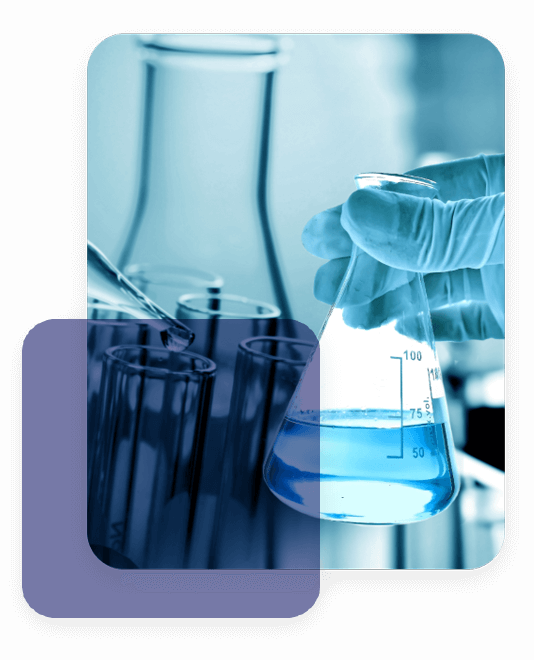DIRNANO goal is providing new data for second generation similar and improved vaccines. RNA-based vaccines are indeed based on lipid nanoparticles (LNP) loaded with a messenger ribonucleic acid (mRNA) coding the spike protein of the SARS-CoV-2 virus.

These process the nanoparticles, translate the mRNA into the spike protein and present the protein on their surface, inducing other cells to produce antibodies against them.
Several issues needed to be addressed in order to realize the vaccine. A vector is absolutely needed, since RNA cannot enter cells alone and is quickly degraded once injected. Luckily enough, research on delivery of nucleic acids with LNP started well before the appearance of COVID-19.
The first problem addressed was the individuation of a method to load LNP with nucleic acids. LNP are made by fats and phospholipids and have a hydrophobic (oil-like) interior. As a consequence, they are unable to include a molecule strongly negatively charged, and hence hydrophilic, as RNA. The solution was to used positively charged lipids to neutralize the RNA charge and make it hydrophobic. In this way it was possible to include the RNA/cationic lipid complex in the core of LNP.
This however generated another problem: now the nanoparticles, enriched with the positively charged lipids, had a positive charge and it was well known that positively charged nanoparticles had unfavorable biocompatibility and biodistribution. Positively charged lipids were hence substituted with ionizable lipids. These are positively charged at pH 5, where the LNP are prepared, but they are neutral at pH 7.2, which is the typical condition of living organisms. In this way it was possible to obtain neutral lipid nanoparticles loaded with nucleic acids.
The last problem regarded long term stability. Indeed, nanoparticles are intrinsically unstable, in particular when they are not charged, and tend to aggregate. To prevent this, LNP were coated with neutral and well water-soluble polymer, poly(ethylene glycol) (PEG). PEG maintains the nanoparticles suspended in the injectable preparation and in the biological fluids after injection. However, it can also prevent the nanoparticles to enter the cells. So, the amount of PEG on the surface of the particles must be carefully dosed.



